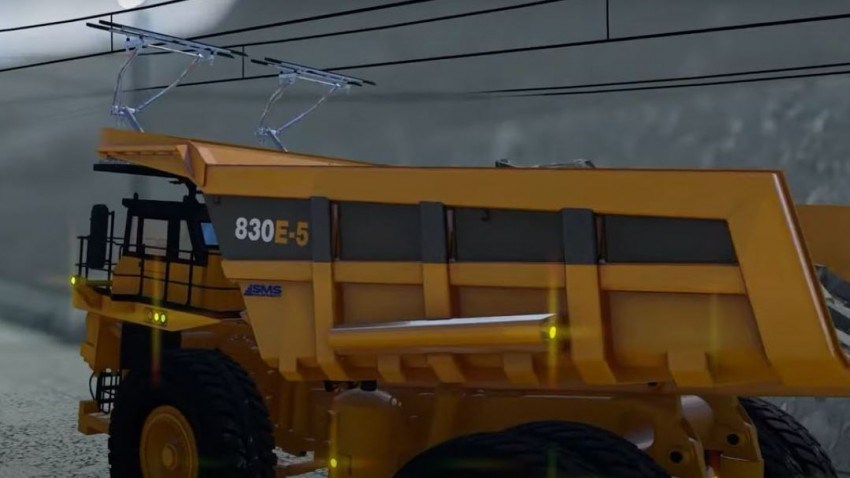Block cave mining and haul truck electrification are a couple examples of the way mining companies operating in B.C. are starting to do things differently, with an eye to addressing climate change and mitigating environmental and social impacts.
Operators of the Red Chris, Copper Mountain and Barkerville Gold mines, and Rio Tinto’s Kitimat aluminum smelter, spoke at a session, Changing Mines, Wednesday morning at the BC Natural Resources forum.
Since 2011, Rio Tinto has invested $7 billion to modernize and “futureproof” its BC Works aluminum smelter in Kitimat and upgrade its Kemano power station, said Sebastien Ross, managing director of Atlantic operations for Rio Tinto.
“These investments have resulted in BC Works becoming one of the cleanest, most efficient aluminum smelters in the world,” Ross said. “And in 2021, Rio Tinto committed $7.5 billion US globally to lower emissions between 2022 and 2030 across our global operations.”
Meanwhile, at the Copper Mountain mine, the company is trialing an electric “trolley assist” system that will connect mine haul trucks to an overhead electrical system -- similar to electric trolley buses -- to reduce their consumption of diesel.
Through electrification, Copper Mountain aims to reduce its carbon intensity by more than 50% in five to seven years. The target is zero emissions by 2035.
“That’s one of the key items we’re focused on that we really think is going to change our GHG emissions long-term, and it’s going to be foundational to achieve that goal of net zero,” said Don Strickland, executive vice president for Copper Mountain (TSX:CMMC).
At the Red Chris mine, Newcrest Mining Ltd. (TSX:NCM) is now planning to use a block cave mining approach as part of the mine’s expansion, something that is fairly novel in B.C.
In conventional underground mining, ore is removed to the surface by ever-expanding underground shafts and tunnels working through ore bodies, and in open-pit mining large quantities of rock are excavated by creating a wide, ever-deepening open pit.
In block cave mining, a large cavern is created underneath the ore body, and then it is undermined and some of the processing is done underground. It is an approach that reduces operating costs – through it comes with substantial upfront capital costs – and can dramatically reduce the amount of surface waste disposal.
“It has a number of advantages,” said Jon Gaunt, general manager for Newcrest Red Chris Mining Ltd. “For one, it allows us to mine very large, low-grade ore bodies. And secondly, the environmental…impact is relatively low.”
At the new Barkerville Gold mine – owned by Osisko Gold Royalties -- the owners expect finding skilled miners will be a challenge. It currently employs 50 people, but will need 400 within a couple of years when the mine goes into full operation.
Barkerville has therefore partnered with College of New Caledonia to develop a new training program, said Barkerville Gold general manager Paul Ratte.
“We really want to hire and train local people to really maximize the benefit for living close to a town,” he said.



